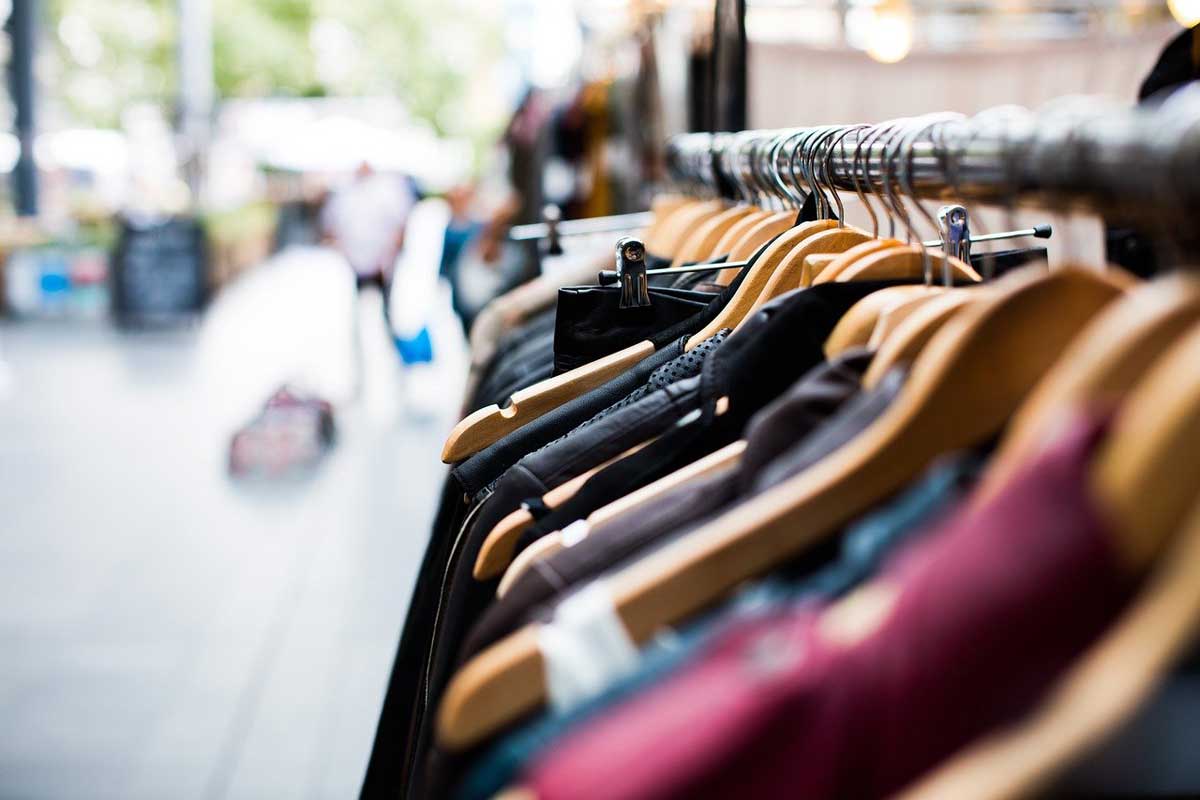Fashion, a multi-trillion-dollar business, wraps us in style and individuality, from the colorful Parisian catwalks to the clothes we wear in everyday life. Beauty and affordability come at a high price, though; under the fabric that conceals glamor stands a bitter reality, which can be summarized as many pieces of clothes are assembled by exploited hands, which are not under surveillance of buyers in the developed world. Due to the highly sophisticated, transnational supply chain network between fashionably obsessed, clothing-loving countries, modern-day human rights violations have become a thriving business, and the real, hidden price of our addiction to fast fashion has finally found its outlet.
Human rights groups and labor activists have been highlighting vicissitudes of the gross exploitation of garment factories, especially in Southeast Asia, South Asia, and Latin America, over the past decades. The growth in the race to the bottom observed with the constant striving of big global companies to keep their production increasingly less expensive has placed the costs of cost reduction on the workers, many of whom are women and isolated groups.
The list of abuses is disturbingly long and consistent:
• Poverty Wages: Garment workers get low salaries that they cannot withstand feeding or housing the family, despite living in backbreaking conditions. Such wages are usually far below the minimum living wages.
• Exhausting schedules and optional overtime: Twelve to fourteen hours a day, six or seven days a week, are the typical schedules, especially during the peak season. Denial of overtime working may make an employee dismissed.
• Unsafe Working Conditions: Factories have poor ventilation, fire escapes, and basic protective gear. A dramatic illustration that negligence has fatal consequences is the collapse of the Rana Plaza building in Bangladesh in 2013 that took away the lives of more than 1,100 garment workers.
• Child and Forced Labor: There is still an incidence of child labor along different points in the supply system, as witnessed in some companies picking cotton to manufacture garments. Vulnerable people are also trapped through forced labor, which is usually based on debt bondage or holding of identity papers.
• Restriction of Union Rights: Trying to organize and claim improved conditions, the workers often get intimidated, harassed, and even hard fired by the factory owners, often with implicit acceptance on behalf of the representatives of the brands.
• Gender-Based Violence and Harassment: Women comprising such a great percentage of the garment working population are more prone to sexual harassment, verbal abuse, and unfairness done to them by their supervisors.
Global supply chains are quite complex systems, and this makes accountability extremely difficult. An individual garment can include raw materials produced in one nation, then it is spun and woven in another country, it is dyed and finished in another location, and then it is finally assembled in a fourth country. Every link introduces subcontractors, which gives brands a convenient excuse of being unaware of or declining direct responsibility for the activities on the lower levels of their supply chain.
As Dr. Anya Sharma, a researcher of labor ethics, says, the fashion industry has crushed the tricks of staying opaque. The exploitation always occurs there, at several steps below, where things are not seen so clearly, and yet there is desperate competition for contracts to exploit people inhumanly.
Consumers are also involved unwillingly. What people call the attractiveness of fast fashion, meaning stylish apparel at shockingly low prices, is what drives an overproduction-overconsumption paradigm. When a t-shirt is cheaper than a cup of coffee, it is a clear indication that someone somewhere is being seriously exploited.
Nonetheless, this can be changed. Consumer awareness is rising and making brands more ethically responsible when it comes to sourcing and more transparent. At least, such movements as Fashion Revolution make consumers ask brands the question of “Who made my clothes?” and require better accountability. Some ethical fashion labels are showing that it is possible to pay good salaries and provide decent working conditions and still make a profit.
The governments also play the pivotal role of implementing strict labor legislation, and corporations should be accountable. To develop the process of universal human rights into international norms, international collaboration is required.
In the end, the future of fashion has a common responsibility to human dignity. As students, consumers, and people of future professions, we can insist on doing better. As we all learn to educate ourselves, to purchase ethical brands, to lobby for better regulations, and, perhaps most importantly, to buy less and buy better so that we can start to weave the fabric that puts the human right back into what we wear, no one will be taken advantage of to clothe our backs.


